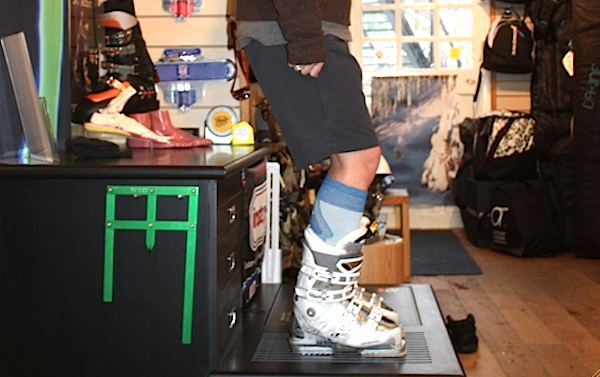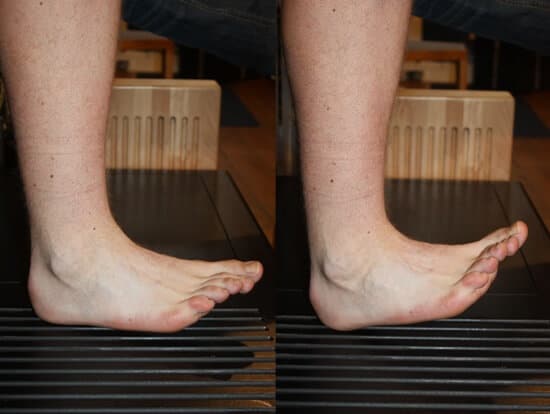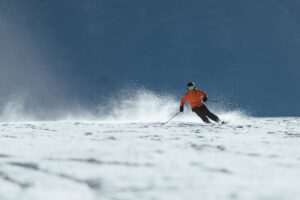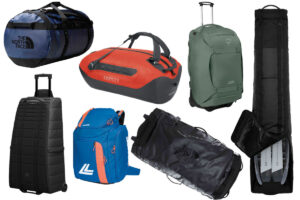
How many of you think in detail about the biomechanics of skiing? I can’t be the only one out there who analyses every turn, watching the ripping skiers from the chair-lift, trying to break down the motions. I had the good fortune to grow up surrounded by great skiers, and it was good observation that allowed me to develop my technique and body position to where it is now.
Thinking about this recently, I realised how much my knowledge as a boot fitter has allowed me to find my own neutral balance. In this post, I’m going to tell you a little bit about the biomechanics of skiing and how we can make huge changes with the smallest of adjustments to a skier’s boots.
There are three planes of motion that skiers move through when sliding. These are the sagittal, frontal and transverse planes. A truly great skier will constantly try to find harmony between these three planes, as a deficiency in one or more will almost always result in a change in skiing technique (for the worse).
The sagittal and transverse planes
The sagittal plane controls fore and aft balance. Movements on this plane are controlled by the ankle joint, and it is here that limitations and excesses can wreak havoc on neutral balance whilst skiing. For anyone who suffers from excessive thigh burn, this could be you: the frontal plane deals with a skier’s side-to-side movements and is important for a skier’s ability to edge a ski.
Like the sagittal place, the transverse plane relates to movements made in the vertical axis, but is rotational. It’s extremely important if a skier is to be able to steer and guide a ski through a turn.
Sagittal balance often gets overlooked
Here’s why it’s important: deficiencies in the sagittal place will almost always contribute to deficiencies in one or both of the other planes. And since the other two are clearly important, well, that makes the sagittal plane important too.
To get an idea of where we’re at, the first thing we need to know is how much or how little range of motion is present in the ankle. In real terms, 10 to 14 degrees of ankle flex is about neutral. Those who have more or less could almost certainly benefit from some adjustment to their boots, particularly those with limited ankle flex.
Skiers with limited flexion often display a number of symptoms, such as severe thigh burn or a difficulty in staying forward on their skis on steep terrain. They may also have chronic heel lift, no matter how tight they buckle their boots. This restriction is likely to promote a posterior or back-seat skiing stance, isolating the thigh muscles and causing thigh burn.
So, what can you do about it?
Good question. First, you need to establish what your degree of flexion is. To measure it, you’ll need to be in the 90-90-90 position. We use this position in boot fitting to fabricate semi-weight-bearing footbeds like Instaprint. Once in this position, flex the ankle joint by lifting the front of the foot lifts off the floor (as in the image above). The angle that is created between the sole of the foot and the joint of the little toe is the angle that should be measured.
If getting out a protractor is too much to ask, measure the angle with your fingers. Being able to fit just one finger or less between your little toe and the floor is limited, two fingers is normal, and three or more fingers suggests hyper-mobility in the ankle. Try it out with a friend and see what you come up with.

Limited or hyper-mobile ankle flexion
If you do find your ankle flex to be limited, consider asking your boot fitter about heel lifts – they’re the most common and effective way of improving position in the sagittal plane. By increasing heel height, you can effectively increase the ramp angle, which can have a profound effect on any skier’s ability to stay forward on skis. If I’m fitting boots for a skier with this issue, I also tend to increase the boot flex index by at least 10% (i.e. give them stiffer boots) to enable the skier to get as much energy into the upper cuff as possible.
The opposite applies to those with hyper-mobile ankle flexion, but with some differences. Usually a toe ramp is applied, but in lesser amounts as there are restrictions in the height at the toe end of the boot. If that isn’t far enough, changes can be made to drop the heel in the boot. As a general rule, toe lifts are far less common, but for those who do need it, it works by tightening the Achilles tendon, allowing the skier to make more finite adjustments in fore and aft balance.
So when you’re skiing this winter, whether you’re comfortable in your ski boots or not, make sure you spend a while with a reputable boot fitter who knows about stance alignment and have them do an assessment. It could be that all of your problems – in terms comfort or performance – are a result of unstable feet or ankles. If the correct adjustments are made, it might really help.














A great blog on The Biomechanics of Skiing by @welove2ski – https://t.co/1NogCEHp
The Biomechanics of Skiing https://t.co/8VfrciQu via @welove2ski
RT @welove2ski: How many of you analyze your turns on the snow in detail? The Biomechanics of Skiing: https://t.co/1Emr6wmA